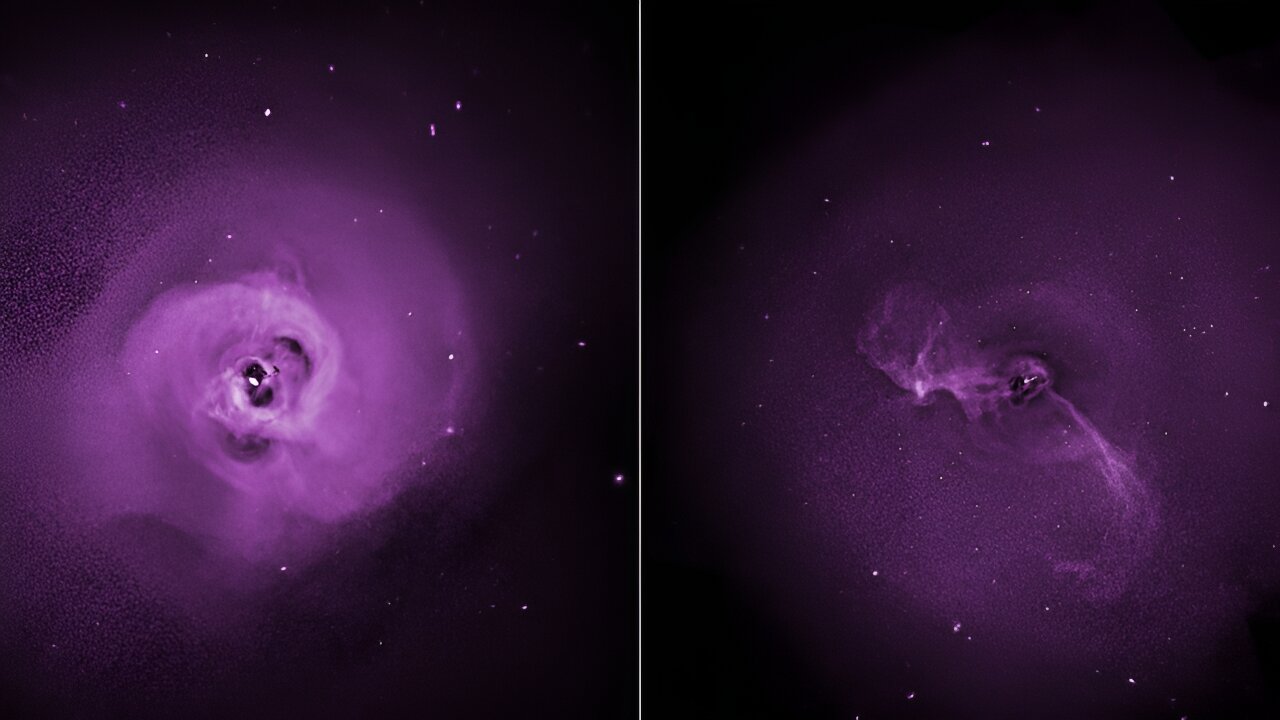Introduction:
The Japan Aviation Investigation Organization's (JAXA) X-ray Imaging and Spectroscopy Mission (XRISM) observatory is set to embark on a groundbreaking exploration of the X-ray sky, offering the global scientific community a tantalizing preview of the extraordinary data it will collect during its upcoming science missions. Launched alongside the Smart Lander for Investigating Moon (Thin), XRISM is poised to contribute invaluable insights into the mysteries of the universe.

Unveiling the Cosmic Secrets
Maiden Voyage:
The XRISM satellite, affectionately known as "crism," was launched on September 6, 2023, marking the beginning of its mission to delve into the X-ray universe. The science team has recently provided a glimpse of its capabilities, showcasing images of a cluster of galaxies and a spectrum of celestial destruction in a neighboring galaxy. This initial peek allows scientists to examine the chemical composition of these cosmic phenomena in unprecedented detail.
Collaborative Endeavor:
In collaboration with NASA and the European Space Agency (ESA), XRISM is designed to detect X-rays with energies up to 12,000 electron volts. This ambitious mission aims to focus on the hottest regions, largest structures, and objects with the most powerful gravity in the universe. To put it into perspective, visible light has an energy range of 2 to 3 electron volts.
Cutting-Edge Instruments
Resolve - Microcalorimeter Spectrometer:
XRISM carries two cutting-edge instruments at the core of its X-ray Mirror Assembly, namely Resolve and Xtend. Resolve, a microcalorimeter spectrometer developed by NASA and JAXA, operates within a container of liquid helium, hovering just above absolute zero. By measuring the energy of each X-ray that strikes Resolve's sensor, the instrument provides unprecedented insights into the source's characteristics, movements, and physical states.

Xtend - X-ray Imager:
Xtend, the second instrument, serves as a powerful X-ray imager developed by JAXA. Offering a large field of view, Xtend enables XRISM to observe an area approximately 60% larger than the typical size of the full moon. The instrument recently captured a compelling X-ray image of Abell 2319, a rich galaxy cluster undergoing a significant merger event, situated around 770 million light-years away in the Cygnus constellation.
Unraveling the Mysteries of the Universe
Science Goals:
Richard Kelley, the US lead investigator for XRISM at NASA's Goddard Space Flight Center, expressed the mission's overarching goals. XRISM aims not only to provide X-ray images of cosmic sources but also to delve into their intricacies, including their compositions, movements, and physical conditions. This mission holds the promise of unlocking unprecedented scientific discoveries when its regular operations commence in 2024.
Conclusion: A New Era of X-ray Exploration
In conclusion, the XRISM observatory heralds a new era of X-ray exploration, poised to unravel the cosmic mysteries that have long captivated the scientific community. With its state-of-the-art instruments and collaborative efforts, XRISM is set to contribute groundbreaking insights into the X-ray sky, offering a deeper understanding of the universe's most enigmatic phenomena. As the scientific community eagerly awaits the commencement of regular operations, XRISM stands as a testament to the ongoing quest for knowledge about the cosmos.


You must be logged in to post a comment.